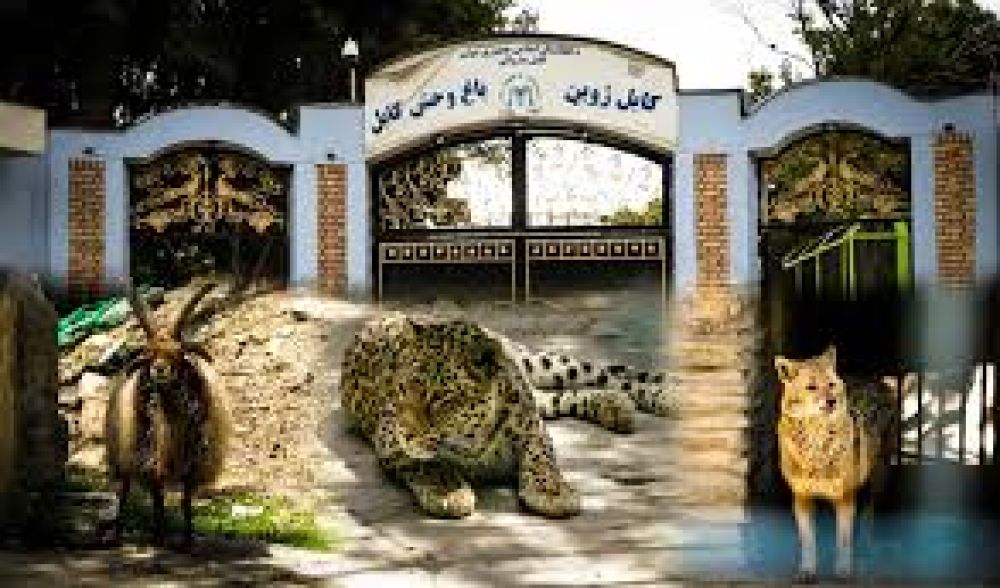

The Kabul Zoo, located in the heart of Kabul, Afghanistan, has a past that reflects not only the evolution of Afghanistan's relationship with wildlife but also the turbulent history of the nation itself. Established in 1967, the Kabul Zoo became a symbol of modernization and was once one of the main attractions for both local families and international tourists. It managed to gather a collection of animals from around Asia and even from far-flung continents, showcasing species like lions, bears, and elephants, among others.
In its heyday, the zoo offered a tranquil escape from urban life, making it a precious resource for recreation and education in Kabul. However, its fortunes declined dramatically with the onset of civil war in the 1990s. The zoo suffered significant damage during this period, with many animals losing their lives to shelling or starvation and its infrastructure being largely destroyed.
Resilience Amidst Adversity
The turn of the century brought some improvements for Kabul Zoo as several international organizations stepped in to assist with reconstruction and animal care. Despite facing ongoing challenges, including limited financial resources, the zoo has shown remarkable resilience. Efforts by the zoo staff to rebuild the facilities and care for the surviving animals have been seen as a metaphor for the nation's own struggle and recovery from decades of conflict.
Current Status and Tourism
Today, Kabul Zoo stands as a poignant destination for those visiting Afghanistan, offering a lens through which to witness both the country's rich historical tapestry and its contemporary challenges. Tourism in Afghanistan, including to places like the Kabul Zoo, faces numerous obstacles, with political instability and security concerns greatly affecting the industry. Despite this, the zoo continues to attract a number of local visitors, demonstrating the enduring desire for such cultural and recreational spaces.
With Afghanistan's recent changes in governance and ongoing security issues, tourism to Kabul Zoo and other attractions remains limited. Travel advisories often discourage non-essential trips to the region. However, the zoo's existence continues to hold symbolic significance, and there is hope that one day it will again flourish, playing a vital role in the recovery and promotion of Afghanistan's tourism sector.
The Future of Tourism in Kabul
Although the current status of Kabul Zoo reflects a small part of the tourism industry in Afghanistan, it is an indicator of the potential and resilience within this sector. As the situation in Afghanistan evolves, there is hope that with peace and stability, Kabul Zoo could once again become a beloved destination for both locals and international tourists alike. The future of tourism in Kabul hinges on the country's ability to ensure the safety of travelers and to invest in the restoration of its historic sites and natural wonders, including the zoo.
In conclusion, while Kabul Zoo's past tells a story of challenges and endurance, its future may yet be a barometer for the revival of responsible and sustainable tourism in Kabul, serving as a beacon of hope for a country rich in history and culture.